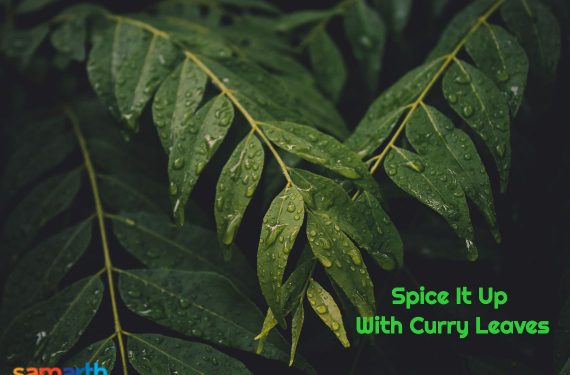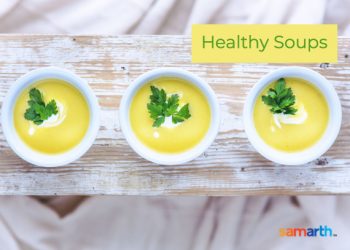Most Indians cannot imagine a tadka (tempering) without curry leaves; these leaves are so ingrained into our cuisine, especially in the South. This is an essential flavour of the Sambar, Rasam, and more gravies, chutneys and salads. This is an ingredient of the sambar and a multitude of chutney powders as well. Very few are aware that it is actually a plant that is being studied extensively for its medicinal benefits. As always, it appears that our ancestors did know about its secret properties, due to which it was made a part of our daily cuisine.
This plant grows across India, and is said to grow wild in the Himalayan region, and is called as ‘kadi patta’ in the North. In many households, this is used as a home remedy for relieving symptoms from diseases like dysentery, diarrhoea, vomiting, piles and more. Ayurveda has been using it many medicines and antibacterial, antifungal and antiprotozoal properties. These properties have been studied by the Western world as well, which is showing great interest in furthering the research to understand how it can be used for pharmacological use.
Rich source of nutrients

Join Now >
It contains minerals like Calcium, Phosphorus, Iron, Copper, Magnesium, Zinc, Thiamine, Chromium and Vitamins A, B, C along with a lot other essential components and acids, and fibre. It is these components put together that is supposed to make it a potent antioxidant with antibacterial, antifungal and anti-carcinogenic powers.
Anti-anaemic
The Iron and Folic acid in these leaves makes it a powerful anti-anaemic food, which if included in the diet can help counter it. It helps in the absorption of iron and is also a good source for it.
Diabetes-friendly
Being a powerhouse of antioxidants, curry leaves are said to limit the oxidative damage to the body from free radicals. This is what makes it a diabetes-friendly food. Besides, the fibre content in it helps slow down the metabolism, helping regulate the blood sugar levels. It is also said to boost insulin activity in the body, thus contributing to keeping diabetes under control in more ways than one.
Good for heart
Components in the curry leaves also help in lowering the LDL cholesterol levels and improve the HDL cholesterol levels. This helps keep our heart healthy. Another study also showed that it helped reduce fat accumulation, inflammation, and oxidative stress, as mentioned above, all of which contribute to keeping your heart healthy.
Digestion aid
Perhaps one of the reasons why our ancestors were using it for tempering is the digestive properties it possesses. Curry leaves eaten on an empty stomach are said to be good for health, especially the gut healthy. It promotes digestive enzymes, and along with the fibre, can aid the bowel movement as well.
Skin health
Perhaps many are not aware that it is an ingredient in many skin creams as certain components in it are said to help heal burns, cuts, bruises, and infections. This property is attributed to a component called Carbazole alkaloid present in it.
Better vision
The high amount of Vitamin A present in it helps with our eyesight, protecting the cornea and the eye surface. If included in the daily diet in limited doses, it can help improve the eyesight also.
Hair health
Curry leaves oil is a common remedy for hair fall and preventing hair greying. Usually, it is boiled in any other oil like coconut oil and used, or nowadays essential oils are also available. It removes dead follicles from the scalp and promotes hair growth and the protein in curry leaves, prevents hair fall and keeps it thick. Many people crush it and make a paste along with other herbal ingredients and apply to the scalp and then wash it off.
How to use?
The best way to use curry leaves would be to include it in your daily diet in curries, gravies, powders, etc. Most often, we keep aside the leaves from the tadka, but it needs to be chewed and eaten. If you like to preserve curry leaves, you could wash it, dry it and powder it and store it in an airtight container. You could even microwave the washed and dried leaves for storage purposes. It can be eaten raw as well, but usually blends well with most Indian tempering. So, the next time, spice up your food with a curry leaves tadka, but make sure to eat it!











